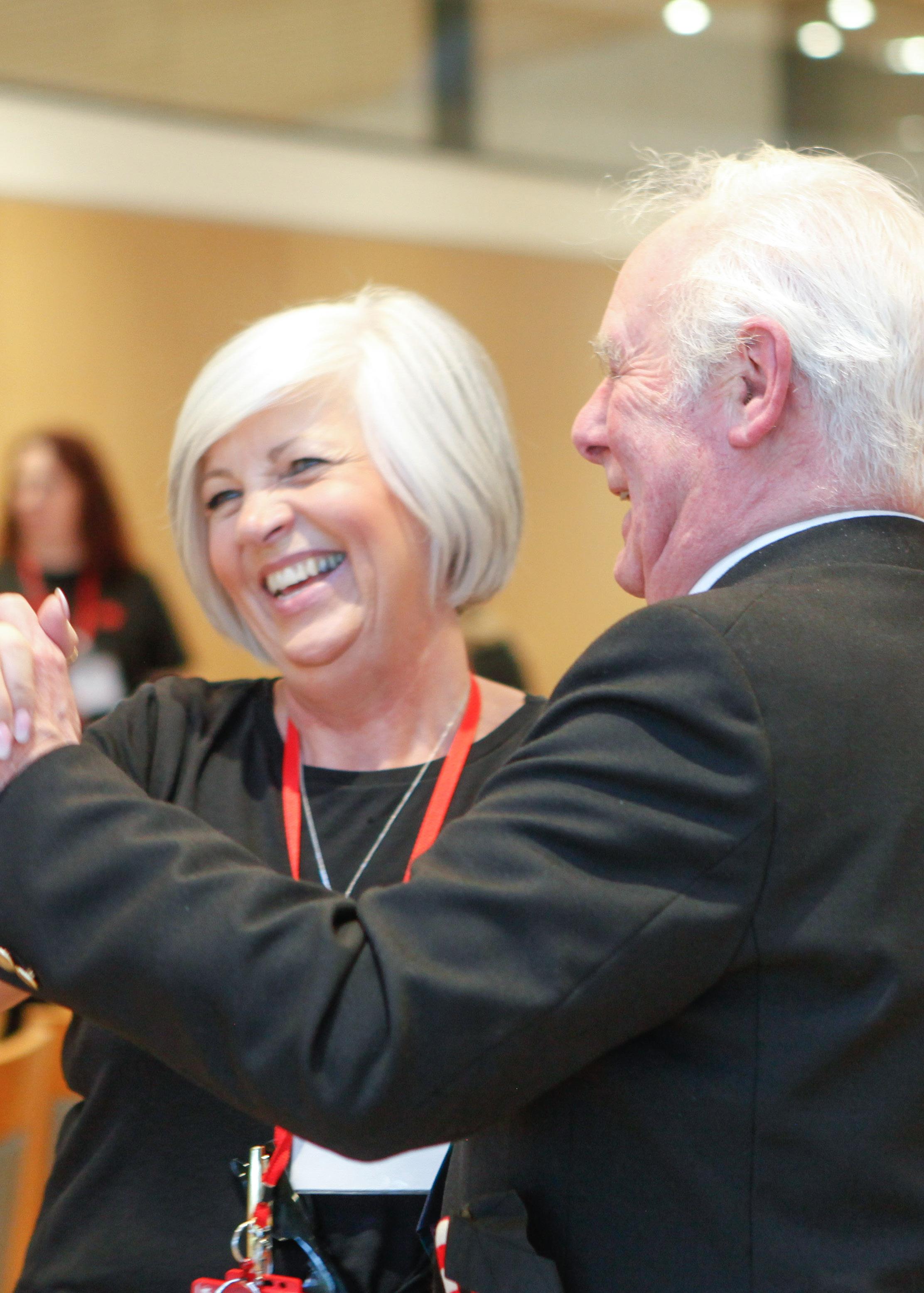
1 minute read
Our Future Direction
Our aspiration is to support all veterans in Scotland who have sight loss, regardless of the cause. We are currently supporting approximately 1200 veterans with significant sight loss. We estimate there are around 20,000 veterans with sight loss living in Scotland today. Due to population trends, this number is likely to decline to around 16,000 veterans by 2028. We therefore have an urgent need to reach out to significantly more veterans while we can. Over the past decade, our centres and our outreach service have provided support to veterans with significant sight loss. However, there are many more veterans who could benefit from support at an earlier stage of sight loss – and that earlier intervention could have significant benefits. We recognise that veterans’ family members could also benefit from support and advice. In early 2021, we sought feedback from veterans and colleagues to evaluate our current service provision and to explore new ways veterans could be supported. Incorporating this feedback, we developed our new strategy and goals.
Our strategy for 2021-2024
Our new strategy aims to reach significantly more veterans, and to reach them at an earlier stage of sight loss. Our strategy also involves providing advice and support to veterans’ families and friends. We want to support veterans at each of these four stages of sight loss: pre-diagnosis; those with a recently diagnosed eye condition; those with deteriorating eyesight; and those with significant sight loss or who are registered as severely sight impaired. We have set four new goals to help us achieve this strategy.
Our goals:
1. Enhance how we support veterans. 2. To remove barriers and become more accessible. 3. Understand what success looks like and ways to improve. 4. Use our resources wisely. Through the carrying out of our strategy, we will innovate and improve our services so we can reach every veteran with sight loss who needs us.










